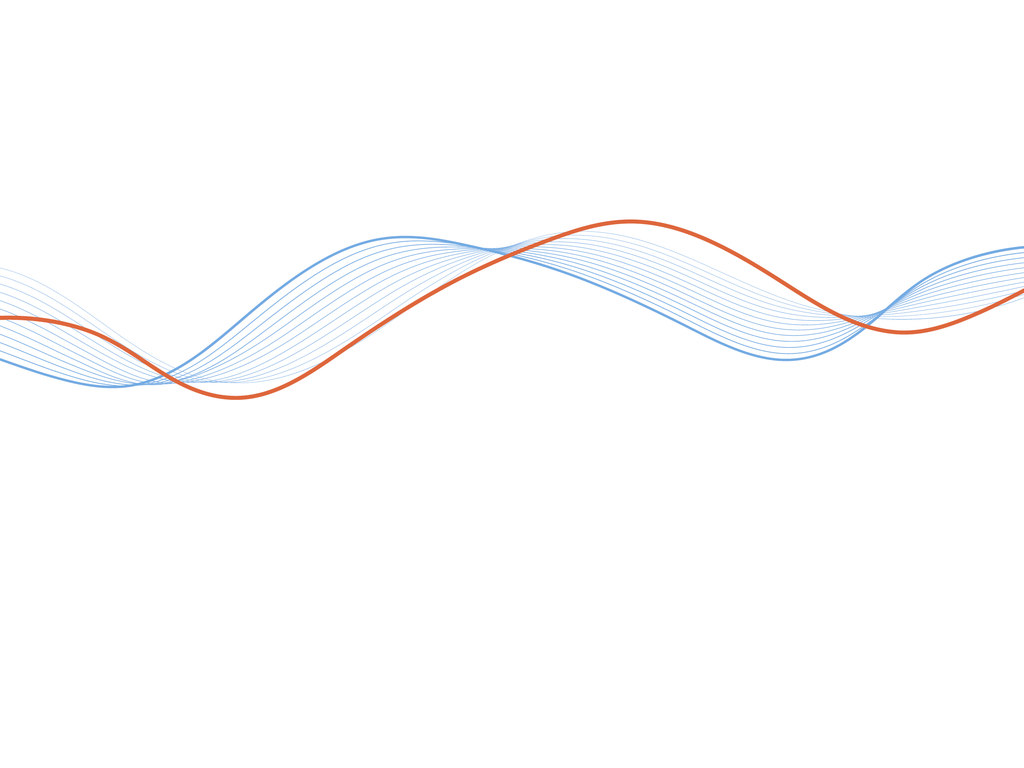A European agenda for space: resilience, security and sovereignty
Past event In person

- Area of Expertise
- Digital & Data Governance
Digital & Data Governance

Chief Executive Officer of EIT Digital
What is the next big thing in digital? It turns out that the next big thing in digital is not so big at all, in fact, it’s quite the opposite! Deep miniaturisation will drive the digital sector over the course of the next decade. To capitalise on these developments and advances, Europe would be well advised to learn from the past so as to quickly translate its research position into business solutions.
The miniaturisation trend is not new. Looking at the computer industry, microchips and circuit levels have gotten smaller and smaller, increasing capacity substantially on a reduced footprint. Likewise, in the last few decades the shrinking of storage media has proceeded apace, going from tapes and magnetic disks, to optical disks, and now solid state.
The progress of network technologies is a telling example. From 3G on to 4G to now 5G, the density of coverage and the capacity of networks has been continually increasing. Much higher bandwidth will further lead to an exponential upsurge in new mobile services and applications. It is worth remembering in the age of Netflix that online streaming services could not exist without the capacity of modern mobile networks.
Only by understanding these trends will Europe be able to make the right investments and set the right priorities
Yet recent technological advances have substantially accelerated the evolution of miniaturisation.
Looking ahead, the next technological (r)evolution is on our doorstep: quantum computing, photonics and the move towards nano-level in sensor technology promises exponential growth in computing power, communication and sensors on minuscule surfaces. These developments, in turn, will open up a broad range of applications for purposes that are presently not even known.
What difference does this make? Why is this development important not only for the researchers and engineers involved in these creations but also for policymakers and the public at large? Only by understanding these trends will Europe be able to make the right investments and set the right priorities as it seeks to translate its competitive research position into a competitive market position.
Europe has the potential to be at the forefront of these developments
Europe is still in a favourable position to lead in this sector. Photonics and micro-/nanoelectronics feature strongly in the European Union’s list of Key Enabling Technologies (KETs) of the 21st century. The 10-year Quantum Technologies Flagship research initiative will invest an estimated €1bn to foster the development of a competitive quantum industry in Europe. Yet another €1bn has been committed to the EU’s Graphene Flagship to take this promising carbon material from the realm of academic laboratories into the lives of everyday Europeans in the space of ten years.
Judging from what is going on inside laboratories and the amounts that have been spent on research and development, Europe has the potential to be at the forefront of these developments. Europe’s challenge now is to ensure that it is fast enough to bring these technologies to the market, to maintain its competitive advantage and play a leading role in this revolution. In mobile phones, Europe learned its lesson the hard way. Nokia mobile phones were once market leaders and global dominators, but the company misjudged the trend towards smartphones and lost the global market to American and Asian competitors. Likewise, in social media platforms Europe failed to create a global presence and as a result has been completely absent in this massive sector. Hopefully Europe will have learned from these mistakes so as to ensure that when it comes to nanotechnology and other digital developments, we can mobilise the resources needed to bring the technology to market and scale it up to global players.
Past event In person

Next event In person & livestreamed

Past event Online

Past event In person





Stay informed
We use cookies and similar technologies to adjust your preferences, analyze traffic and measure the effectiveness of our campaigns. Learn more about our privacy policy.